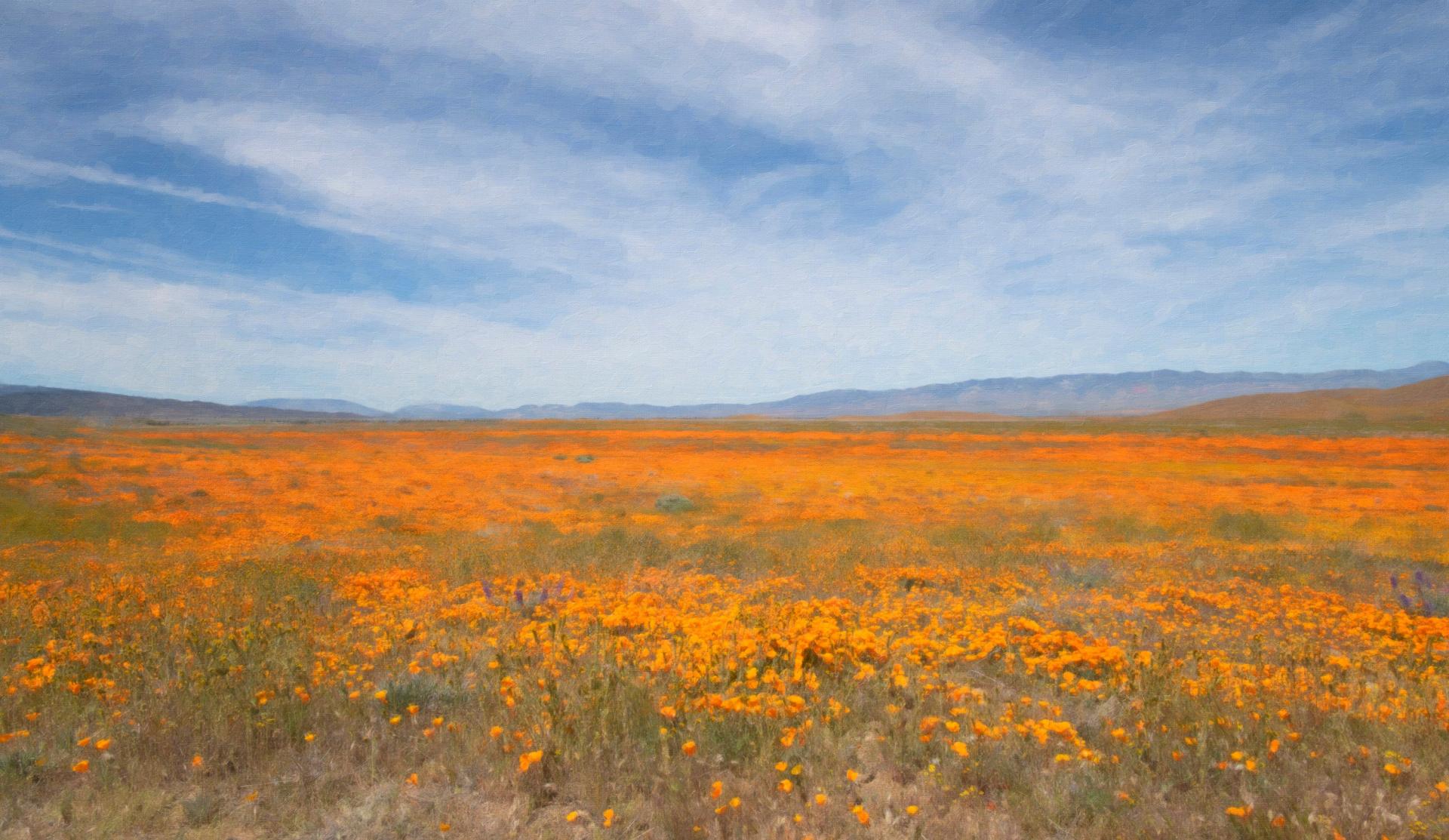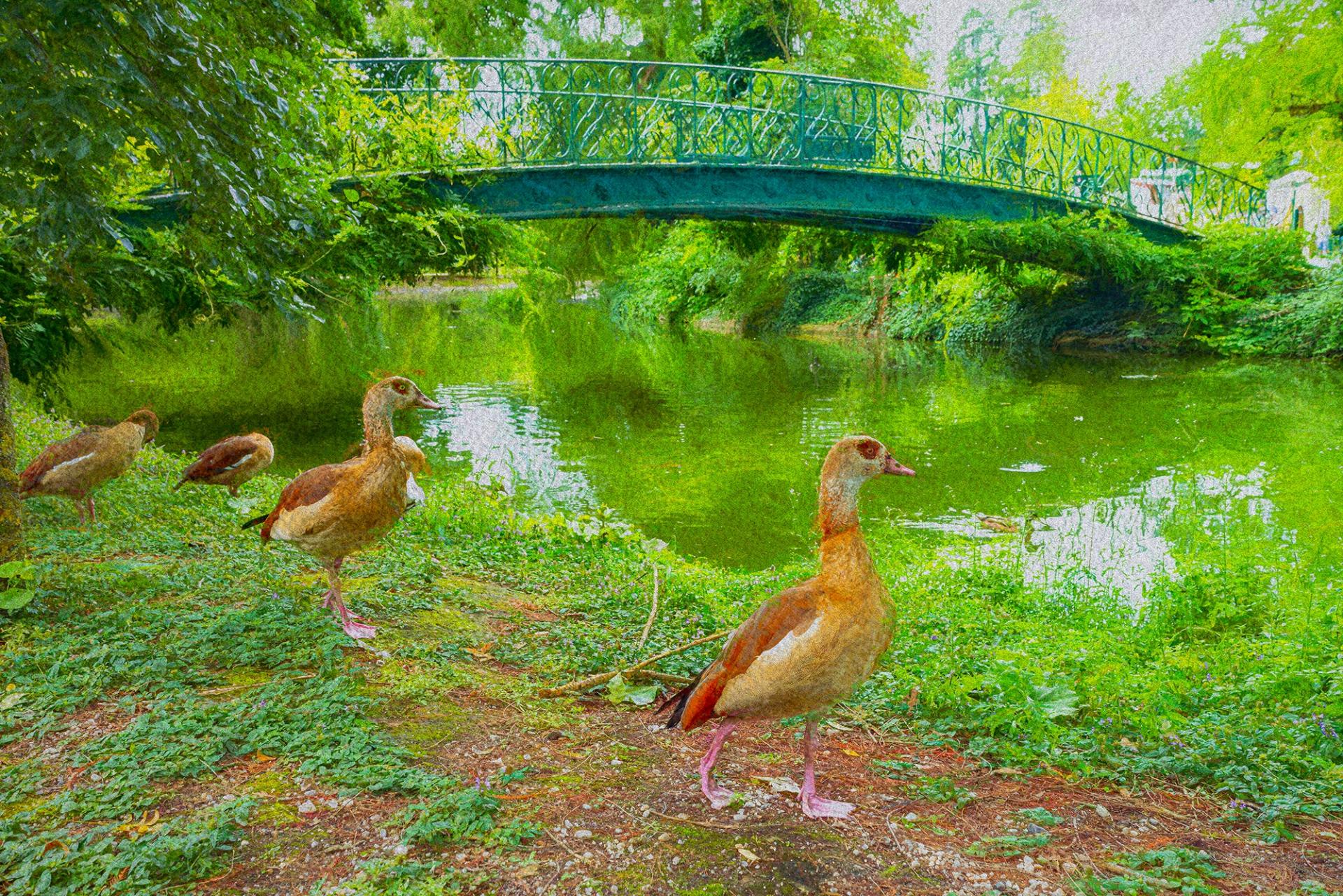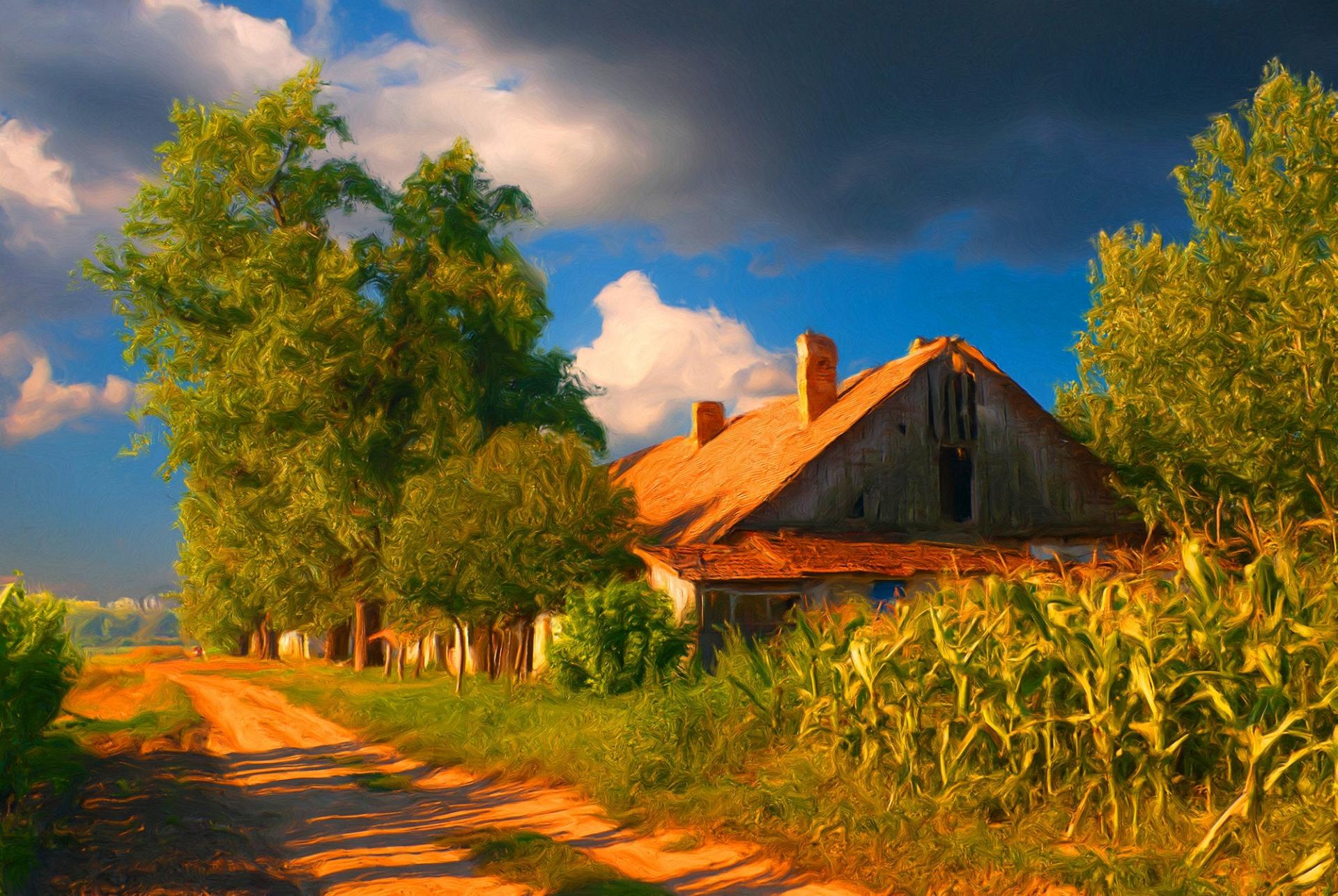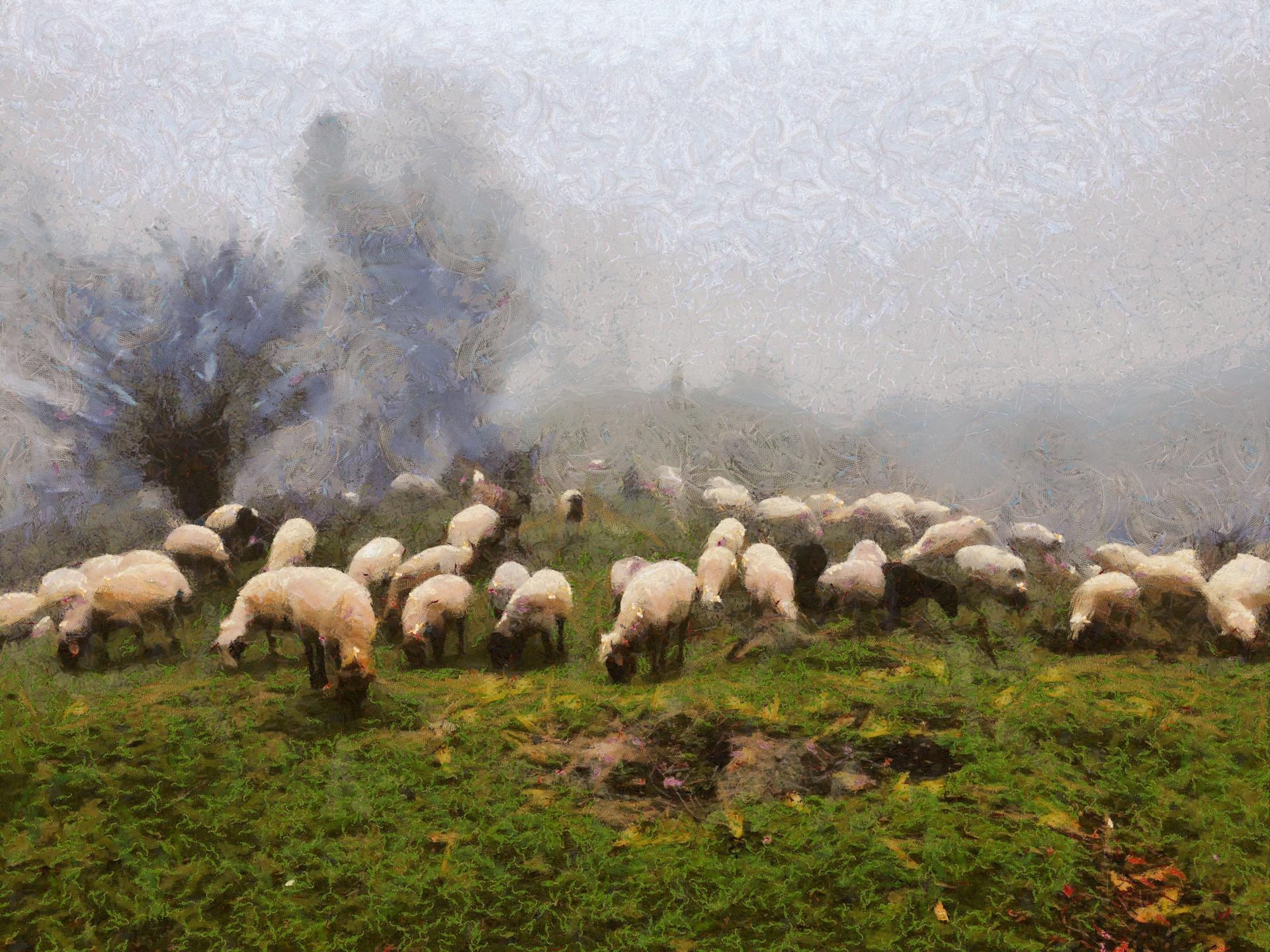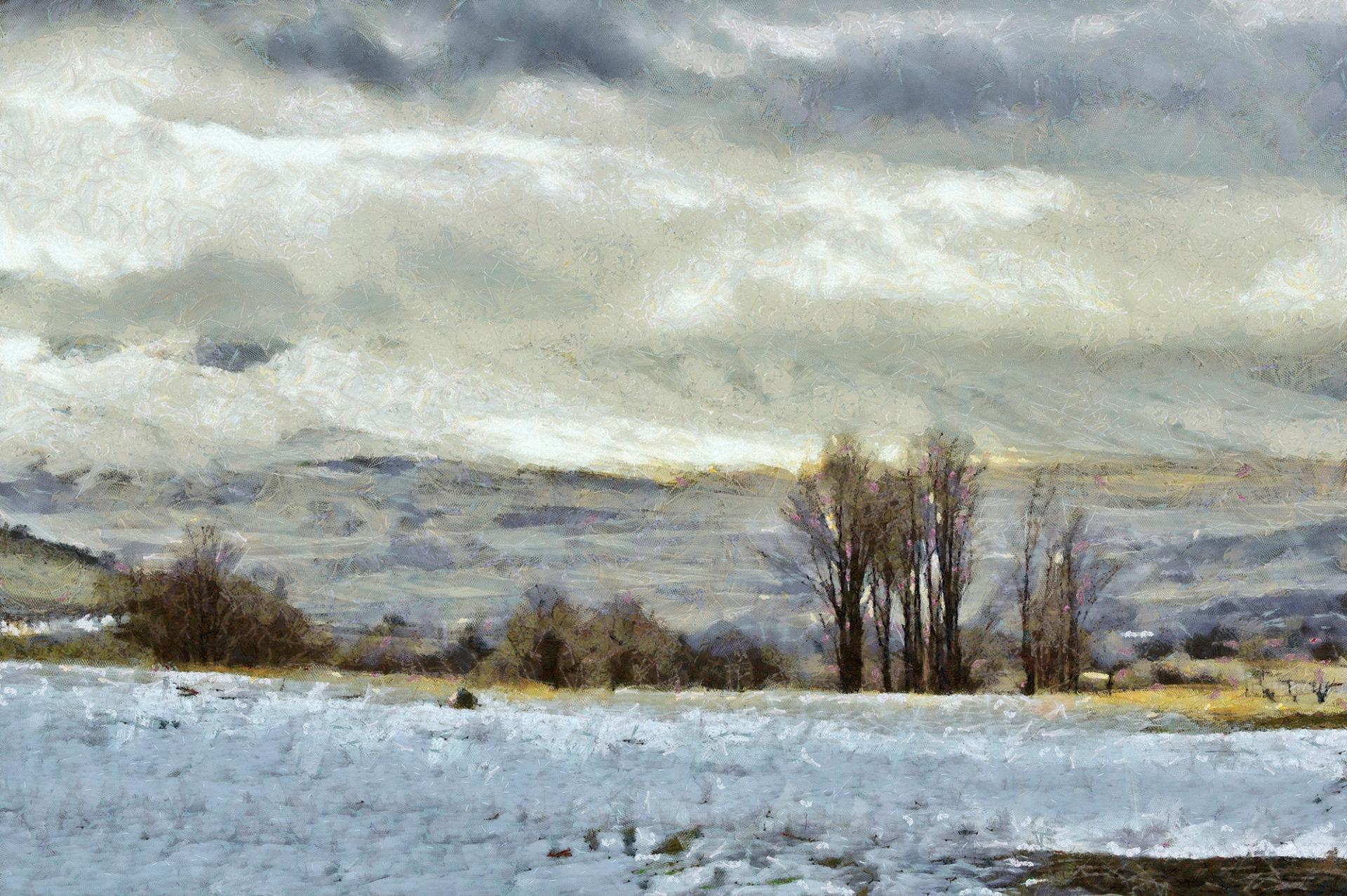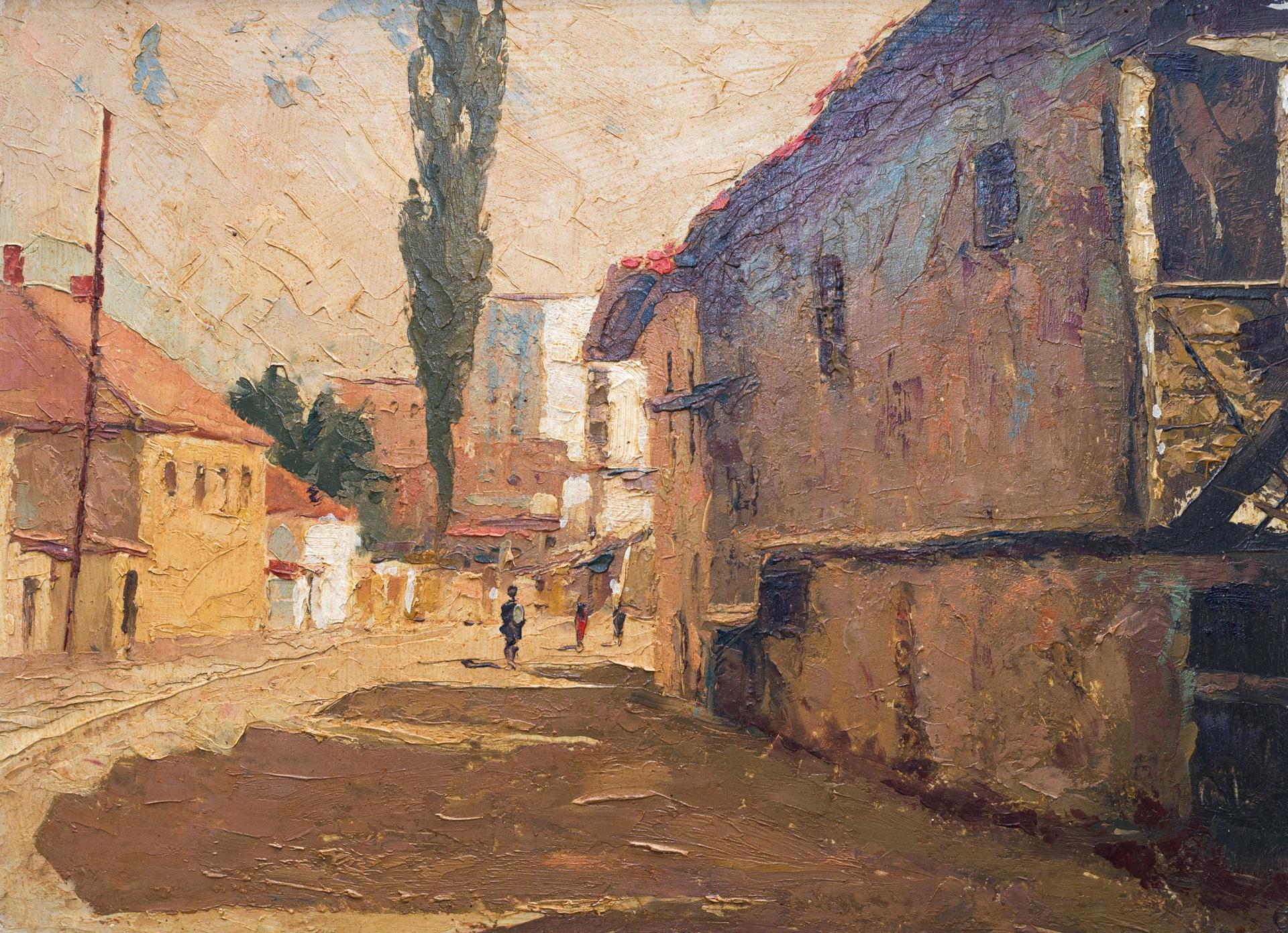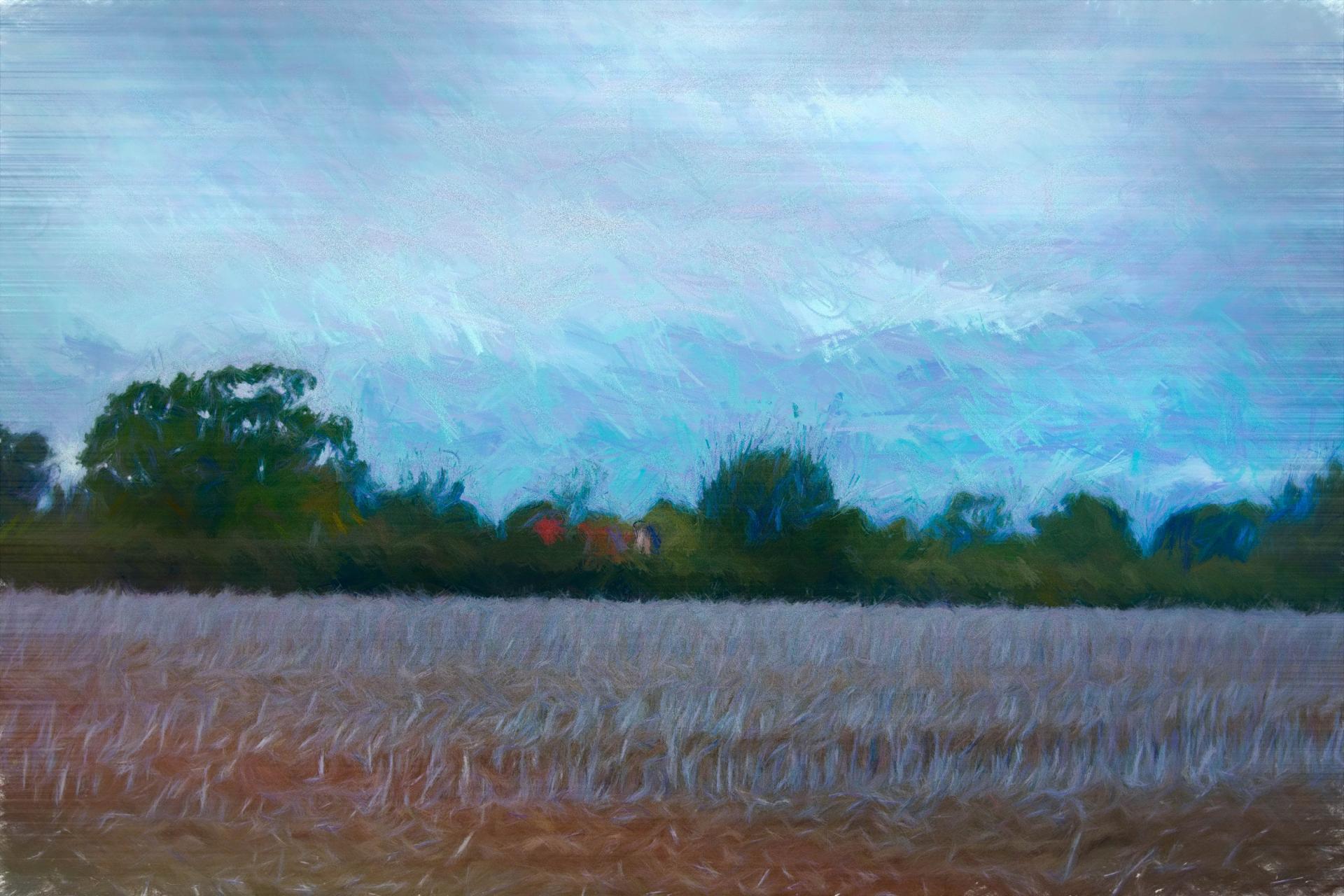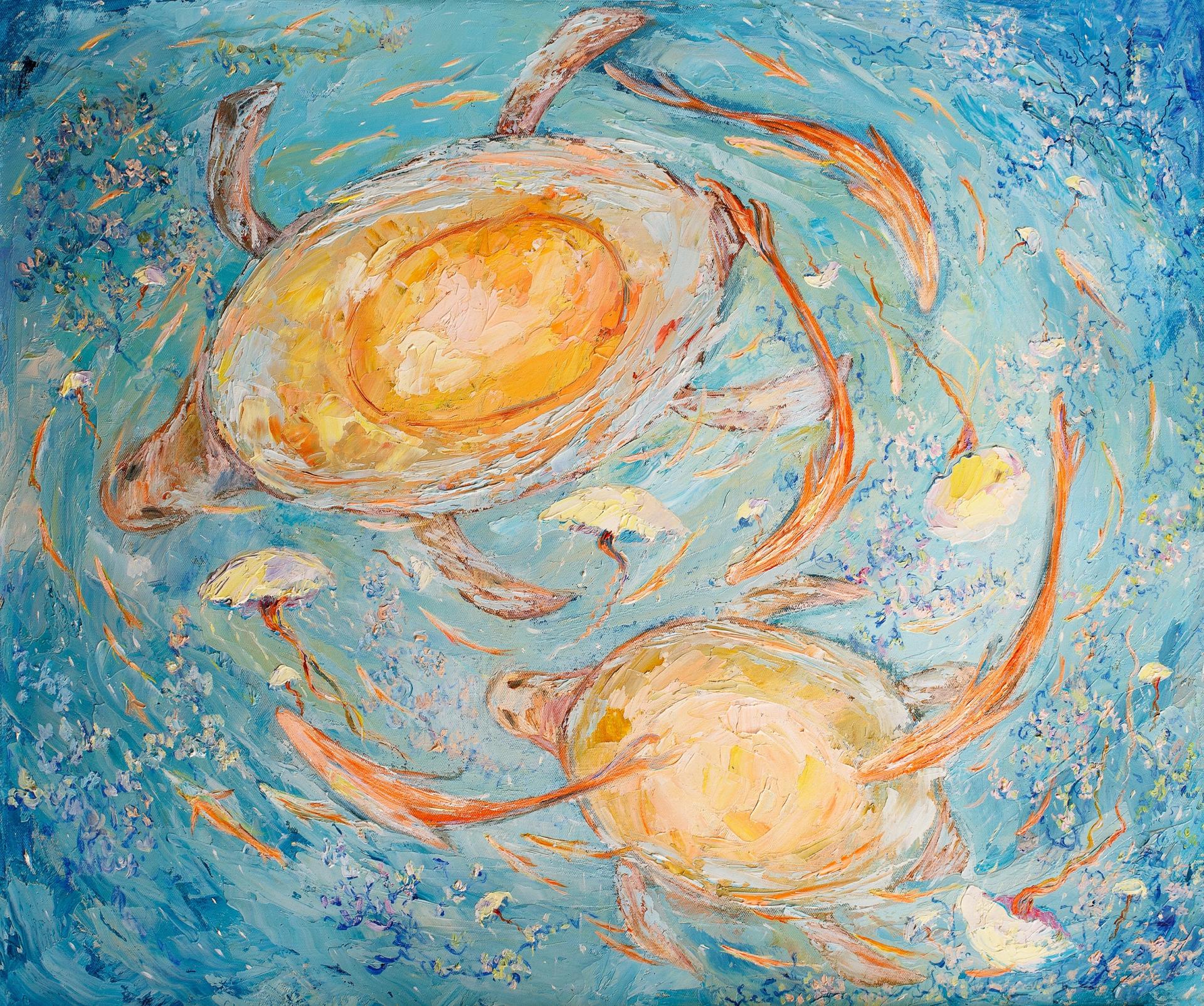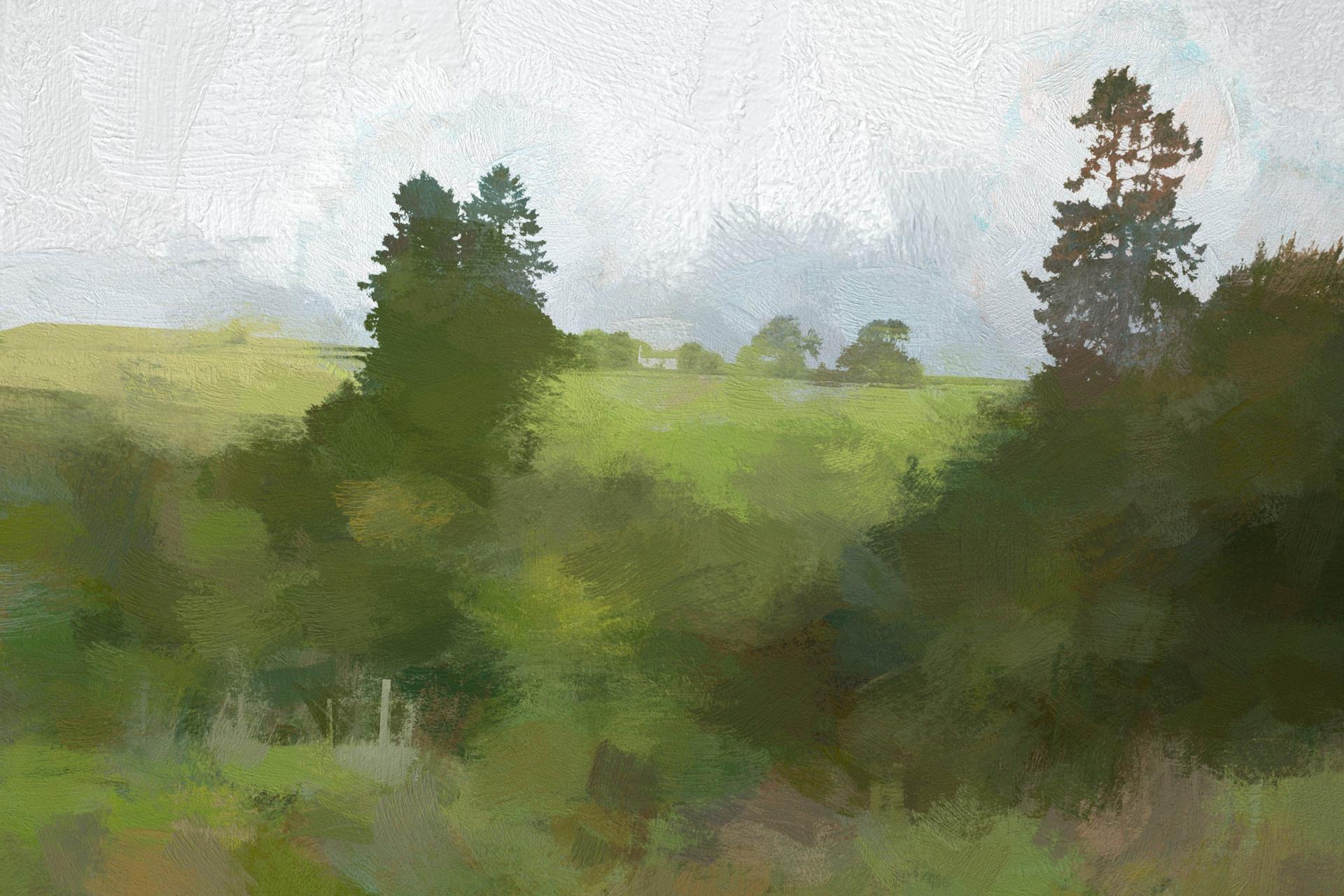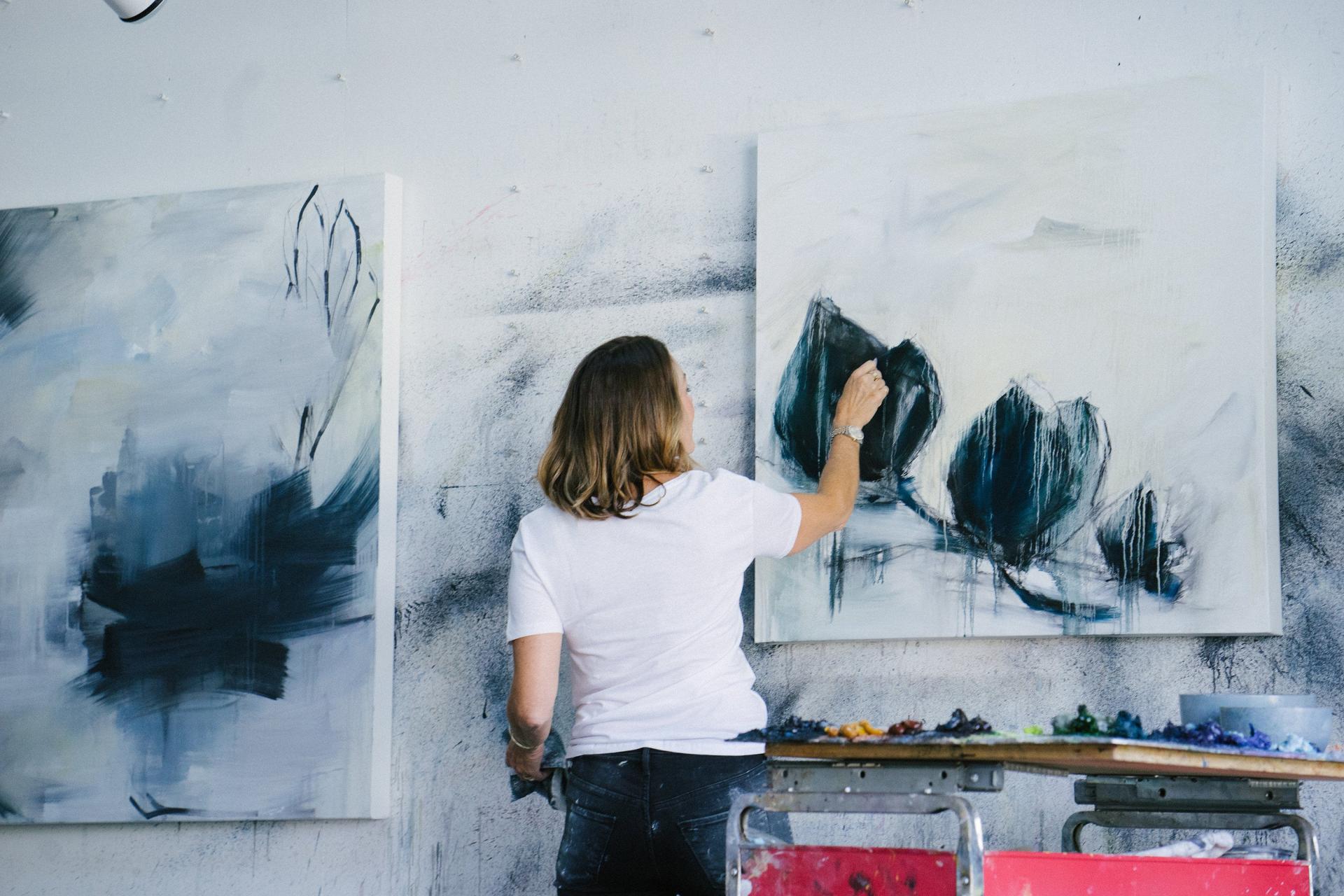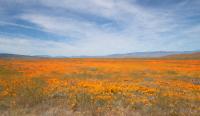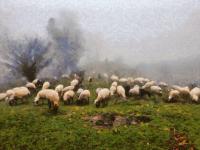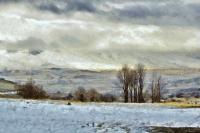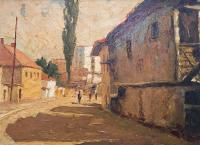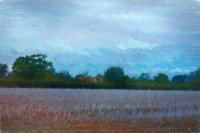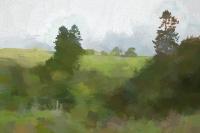Oil painting is the process of painting with pigments with a medium of drying oil as the binder. Commonly used drying oils include linseed oil, poppy seed oil, walnut oil, and safflower oil. The choice of oil imparts a range of properties to the oil paint, such as the amount of yellowing or drying time. Certain differences, depending on the oil, are also visible in the sheen of the paints. An artist might use several different oils in the same painting depending on specific pigments and effects desired. The paints themselves also develop a particular consistency depending on the medium. The oil may be boiled with a resin, such as pine resin or frankincense, to create a varnish prized for its body and gloss.
Although oil paint was first used for Buddhist paintings by painters in central and western Afghanistan sometime between the fifth and tenth centuries,[1] it did not gain popularity until the 15th century. Its practice may have migrated westward during the Middle Ages. Oil paint eventually became the principal medium used for creating artworks as its advantages became widely known. The transition began with Early Netherlandish painting in Northern Europe, and by the height of the Renaissance oil painting techniques had almost completely replaced the use of tempera paints in the majority of Europe.
In recent years, water miscible oil paint has become available. Water-soluble paints are either engineered or an emulsifier has been added that allows them to be thinned with water rather than paint thinner, and allows, when sufficiently diluted, very fast drying times (1–3 days) when compared with traditional oils (1–3 weeks).
Traditional oil painting techniques often begin with the artist sketching the subject onto the canvas with charcoal or thinned paint. Oil paint is usually mixed with linseed oil, artist grade mineral spirits, or other solvents to make the paint thinner, faster or slower-drying. (Because these solvents thin the oil in the paint, they can also be used to clean paint brushes.) A basic rule of oil paint application is 'fat over lean', meaning that each additional layer of paint should contain more oil than the layer below to allow proper drying. If each additional layer contains less oil, the final painting will crack and peel. This rule does not ensure permanence; it is the quality and type of oil that leads to a strong and stable paint film.
There are many other media that can be used with the oil, including cold wax, resins, and varnishes. These additional media can aid the painter in adjusting the translucency of the paint, the sheen of the paint, the density or 'body' of the paint, and the ability of the paint to hold or conceal the brushstroke. These aspects of the paint are closely related to the expressive capacity of oil paint.
Poppy Field
Poppy Field
$678.00
